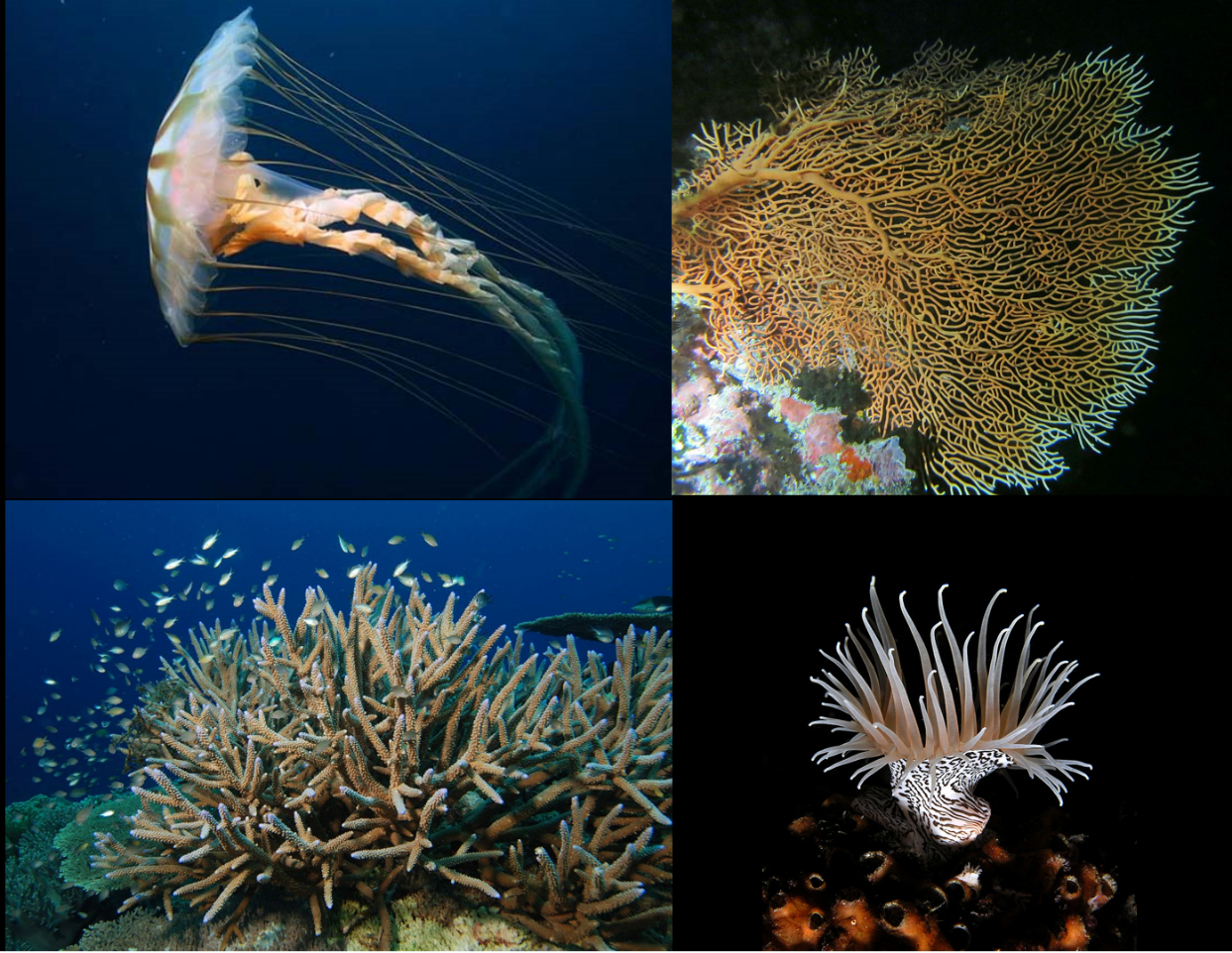
What is the colonial organism having nematoblasts and blind sac organization?
Answer
469.2k+ views
Hint: The nematocysts are the cells that are used as the organs for the defense and resistance. These are also known as cnidae. The blind sac is the sac that contains a single open for the digestive system through which the food is taken and expelled in the same opening.
Complete Answer:
- The organisms like cnidarians or coelenterate have the blind sac organization in their body. They also possess the nematoblasts in them. These nematoblasts are used for the purpose of the defense mechanisms.
- Since the coelenterata have the nematocysts in their body, they are called the cnidarians. The phones that produce the nematocysts in their body are called nematoblasts.
- These nematocysts act as the cell organelles in the cnidoblasts and these are the modification of the epidermal interstitial cells in them. The cnidoblasts are in the oval shape lying on the basal side. The cnidoblasts have an oval or the pyriform sac.

- These oval bladders have the toxic poison in them called hypnotoxin. It is formed from the fusion of proteins and the phenols.
- The other external side has the cylindrical tube which is bent or looped like a sac. The base of the cylindrical tube possesses the spines called thorns. These spines are also called as stylets.
- The cytoplasm present in the cnidoblast has the contractile muscle fiber that helps in keeping the nematocysts from being tossed out of the cell. These cnidoblasts are similar to that of the cell and contain the similar cell organelles like cytoplasm, nucleus etc.
Note: This type of the blind sac organization and the nematoblasts are present in the organism like flatworm, cnidaria, Platyhelminthes, coelenterata, ctenophores etc. It coelenates the organisms like anemones, jellyfish, corals, and hydras are included.
Complete Answer:
- The organisms like cnidarians or coelenterate have the blind sac organization in their body. They also possess the nematoblasts in them. These nematoblasts are used for the purpose of the defense mechanisms.
- Since the coelenterata have the nematocysts in their body, they are called the cnidarians. The phones that produce the nematocysts in their body are called nematoblasts.
- These nematocysts act as the cell organelles in the cnidoblasts and these are the modification of the epidermal interstitial cells in them. The cnidoblasts are in the oval shape lying on the basal side. The cnidoblasts have an oval or the pyriform sac.

- These oval bladders have the toxic poison in them called hypnotoxin. It is formed from the fusion of proteins and the phenols.
- The other external side has the cylindrical tube which is bent or looped like a sac. The base of the cylindrical tube possesses the spines called thorns. These spines are also called as stylets.
- The cytoplasm present in the cnidoblast has the contractile muscle fiber that helps in keeping the nematocysts from being tossed out of the cell. These cnidoblasts are similar to that of the cell and contain the similar cell organelles like cytoplasm, nucleus etc.
Note: This type of the blind sac organization and the nematoblasts are present in the organism like flatworm, cnidaria, Platyhelminthes, coelenterata, ctenophores etc. It coelenates the organisms like anemones, jellyfish, corals, and hydras are included.
Recently Updated Pages
A uniform rod of length l and mass m is free to rotate class 10 physics CBSE

Solve the following pairs of linear equations by elimination class 10 maths CBSE

What could be the possible ones digits of the square class 10 maths CBSE

Where was the Great Bath found A Harappa B Mohenjodaro class 10 social science CBSE

PQ is a tangent to a circle with centre O at the point class 10 maths CBSE

The measures of two adjacent sides of a parallelogram class 10 maths CBSE

Trending doubts
Imagine that you have the opportunity to interview class 10 english CBSE

Find the area of the minor segment of a circle of radius class 10 maths CBSE

Fill the blanks with proper collective nouns 1 A of class 10 english CBSE

Frogs can live both on land and in water name the adaptations class 10 biology CBSE

Fill in the blank One of the students absent yesterday class 10 english CBSE

Write a letter to the Principal of your school requesting class 10 english CBSE




